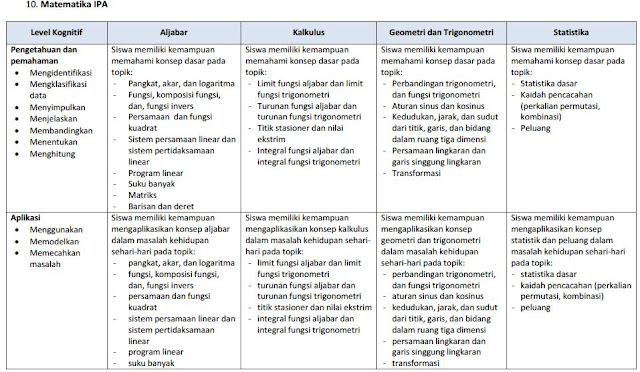Contoh Perangkat Pembelajaran
Berikut contoh dokumen Perangkat pembelajran dari mata pelajaran Matematika
Contoh Silabus, klik disini
Contoh Penetapan KKM klik disini
Conoth Analisis Keterkaitan kompetensi Inti (KI) Kompetensi Dasar (KD) dengan materi pembelajran klik disini
Pemetaan KI KD klik disini
...













.jpg)




